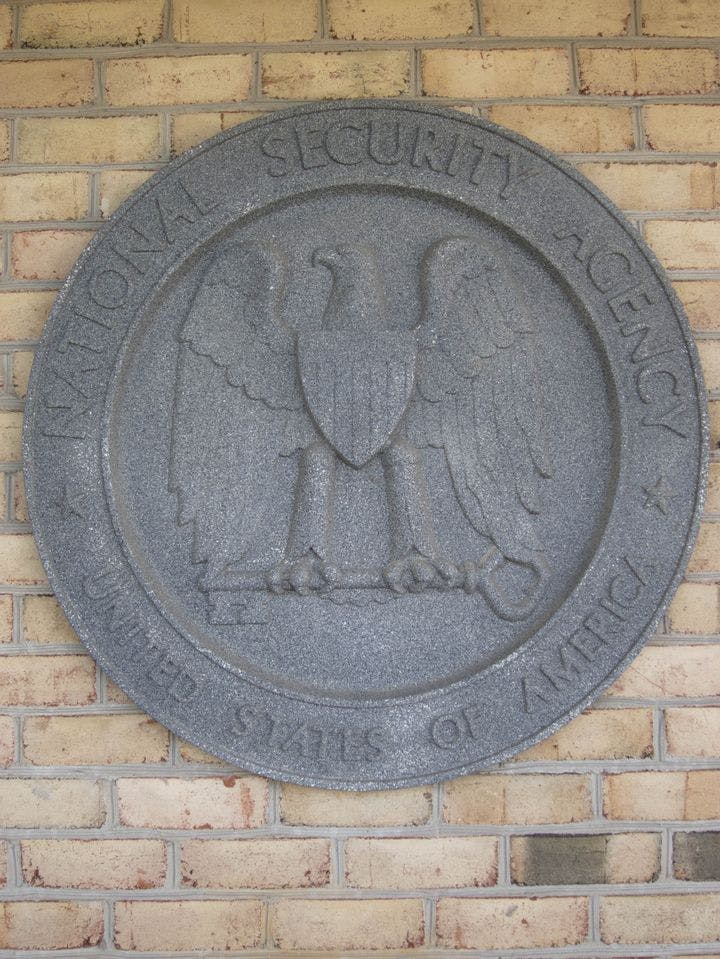Spring 2010
Suits and Ladders
– John Prados
Who drives national security in America, and just how big should the security apparatus be?
Attuned to the debates of the moment, political observers rarely step back to view the antecedents of current controversy. This is especially true for complex packages of issues, as the fiasco over American health care reform illustrates. Yet a wide lens is crucial when dealing with interconnected issues such as foreign policy. In Arsenal of Democracy, Julian E. Zelizer affords us an opportunity to scan that far horizon, surveying the history of the politics of national security from the late 19th century onward.
At the outset Zelizer, a professor of history and public affairs at Princeton, poses four questions: Is it Congress or the White House that drives national security? Do Democrats or Republicans hold the advantage in this field? How big should the U.S. government’s national security apparatus be? And should the United States adopt a go-it- alone strategy on the world stage?
Zelizer trains his focus on the advantage question. As a result, much of the book reads like baseball journalism—which party is ahead, who scored which votes, what were the plays (treaty ratifications, etc.). There is value in this material. For instance, it would be useful to know how often congressional ratification debates have compelled presidents to alter agreements with foreign powers. Are Republicans or Democrats more likely to attack treaty provisions, and has the partisan balance shifted over time? But Zelizer fails to aggregate the welter of detail into any meaningful set of propositions save for the assertion that domestic politics often prevails in the making of foreign policy—not so startling.
Early on, Zelizer quotes Senator Arthur Vandenberg (R-Mich.), who famously declared after World War II that “politics stops at the water’s edge,” and asks whether security policy could ever be bipartisan. A fair enough question. But at the time there was a widespread public perception that a spirit of bipartisanship did exist, and, roughly through the 1970s, that sense of participation in a cooperative enterprise facilitated America’s actions on the world stage. The contrast between President Harry S. Truman’s intervention in South Korea and President Bill Clinton’s in Kosovo is palpable. There were no congressional deliberations at all over Korea—and Republican legislators spoke approvingly of the intervention—whereas in the case of Kosovo, Republicans insisted upon congressional authorization, then largely opposed successive resolutions of support for U.S. bombing. Acquiescence to the Korean War may have owed something to bipartisanship—and Vandenberg was its architect.
Equally disappointing, Zelizer’s box-score approach diverts him from illuminating his characters. Vandenberg remains a name on the page, as do a host of towering political figures in U.S. national security policy, including Styles Bridges (a NATO supporter), Hubert Humphrey (an initiator of the Arms Control and Disarmament Agency), Barry Goldwater (active in many areas), and Richard Lugar (coauthor of legislation to secure nuclear materials). Yet much about how security policy developed can be learned from their experiences. Consider Dick Cheney, whose peregrination from the presidential staff (under Gerald R. Ford) to Congress, to the cabinet in the first Bush administration, endowed him with expansive views on executive power that he tried to institutionalize as vice president under the second President Bush. Some trace Cheney’s Saul of Tarsus moment to his role elaborating the minority report of the 1986 joint congressional investigation of the Iran- Contra Affair, in which he sought to protect a Republican president. While Zelizer deals with Cheney’s report in detail, his narrative does not connect these dots.
Unfortunately, Zelizer’s handling of key historical events creates confusion for the reader. A few examples: The United States began funding intercontinental ballistic missile programs during rather than after World War II. France “announced” it was leaving South Vietnam in July 1954 and would “allow” communists to rule the North (France, decisively defeated at the Battle of Dien Bien Phu, withdrew from North Vietnam as a result of the Geneva cease-fire agreement, and announced it was leaving South Vietnam in 1956). Zelizer’s account of the ending of the draft captures the main actions of this transformation but scarcely credits the key role of Defense Secretary Melvin R. Laird. Sometimes the errors go beyond annoying to misleading: In rendering the Iran-Contra Affair, Zelizer remarks that the National Security Council decided to use money from arms sales to Iran to fund Nicaraguan rebels, suggesting an official decision never made.
Zelizer concludes with a rumination. There is a school of thought, he writes, that maintains that insulating national security from politics is not a good thing, and another that accepts democratic pluralism but complains of the influence of interest groups on foreign policy. Zelizer argues that no single model suffices, and that “politicians have thus faced multiple forms of pressure when dealing with inter national threats.” Politicians, he writes, should use these pressures to gauge sentiment, stir debate, and design policy. Yet as Arsenal of Democracy shows, they tend to exploit national security for political gain, and the national interest can be lost in the rush for power. This is not a fresh perception. Read Arsenal of Democracy for its play-by-play, not its analysis.
* * *
John Prados is a senior fellow of the National Security Archive. His most recent book, Vietnam: The History of an Unwinnable War, 1945-1975 (2009), won the Henry Adams Prize of the Society for History in the Federal Government.
Reviewed: "Arsenal of Democracy: The Politics of National Security- From World War II to the War on Terrorism" by Julian E. Zelizer, Basic, 2010.
Photo courtesy of Flickr/Scott Beale
Up next in this issue
